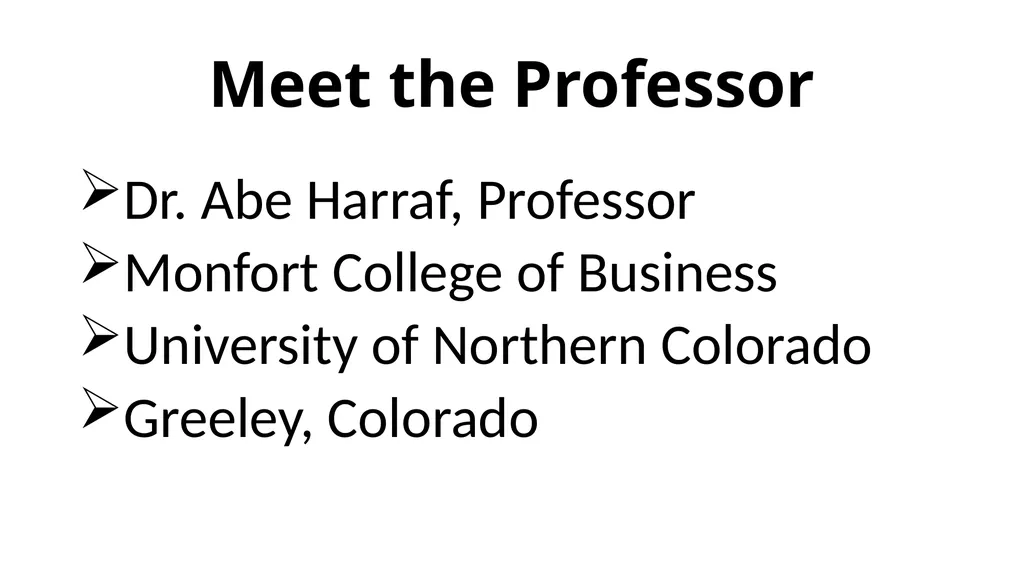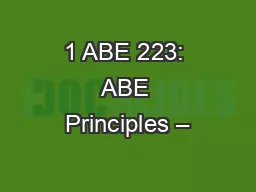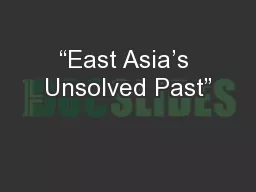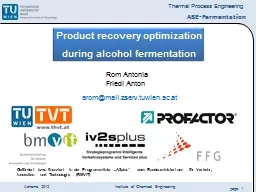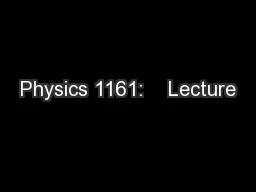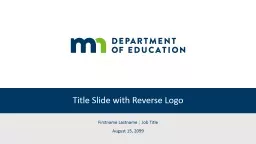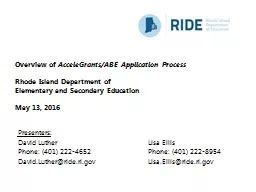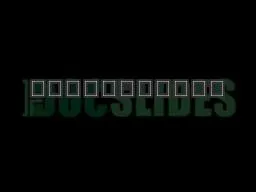Meet the Professor Dr. Abe Harraf, Professor
Author : mitsue-stanley | Published Date : 2025-06-27
Description: Meet the Professor Dr Abe Harraf Professor Monfort College of Business University of Northern Colorado Greeley Colorado What Is Operations Management Production is the creation of goods and services Operations management OM is the set
Presentation Embed Code
Download Presentation
Download
Presentation The PPT/PDF document
"Meet the Professor Dr. Abe Harraf, Professor" is the property of its rightful owner.
Permission is granted to download and print the materials on this website for personal, non-commercial use only,
and to display it on your personal computer provided you do not modify the materials and that you retain all
copyright notices contained in the materials. By downloading content from our website, you accept the terms of
this agreement.
Transcript:Meet the Professor Dr. Abe Harraf, Professor:
Meet the Professor Dr. Abe Harraf, Professor Monfort College of Business University of Northern Colorado Greeley, Colorado What Is Operations Management? Production is the creation of goods and services Operations management (OM) is the set of activities that creates value in the form of goods and services by transforming inputs into outputs Organizing to Produce Goods and Services Essential functions: Marketing – generates demand Production/operations – creates the product Finance/accounting – tracks how well the organization is doing, pays bills, collects the money Organizational Charts Commercial Bank Figure 1.1(A) Organizational Charts Airline Figure 1.1(B) Organizational Charts Manufacturing Figure 1.1(C) Why Study OM? OM is one of three major functions (marketing, finance, and operations) of any organization We want (and need) to know how goods and services are produced We want to understand what operations managers do OM is such a costly part of an organization What Operations Managers Do Planning Organizing Staffing Leading Controlling Basic Management Functions The Critical Decisions Service and product design What good or service should we offer? How should we design these products and services? Quality management How do we define quality? Who is responsible for quality? Table 1.2 (cont.) The Critical Decisions Process and capacity design What process and what capacity will these products require? What equipment and technology is necessary for these processes? Location Where should we put the facility? On what criteria should we base the location decision? Table 1.2 (cont.) The Critical Decisions Layout design How should we arrange the facility and material flow? How large must the facility be to meet our plan? Human resources and job design How do we provide a reasonable work environment? How much can we expect our employees to produce? Table 1.2 (cont.) The Critical Decisions Supply-chain management Should we make or buy this component? Who are our suppliers and who can integrate into our e-commerce program? Inventory, material requirements planning, and JIT How much inventory of each item should we have? When do we re-order? Table 1.2 (cont.) The Critical Decisions Intermediate and short–term scheduling Are we better off keeping people on the payroll during slowdowns? Which jobs do we perform next? Maintenance Who is responsible for maintenance? When do we do maintenance? Table 1.2 (cont.) Where are the OM Jobs? Figure 1.2 Where are the OM Jobs? Technology/methods Facilities/space utilization Strategic issues Response time People/team development Customer service Quality Cost reduction Inventory reduction Productivity
